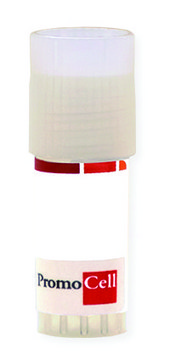C5929
Calcium carbonate
BioReagent, suitable for insect cell culture, ≥99.0%
Synonym(s):
Limestone, calcite, calofort u, chalk, marble
Sign Into View Organizational & Contract Pricing
All Photos(3)
About This Item
Linear Formula:
CaCO3
CAS Number:
Molecular Weight:
100.09
Beilstein:
8008338
EC Number:
MDL number:
UNSPSC Code:
12352207
PubChem Substance ID:
NACRES:
NA.71
Recommended Products
product line
BioReagent
Quality Level
Assay
≥99.0%
form
powder
technique(s)
cell culture | insect: suitable
solubility
H2O: soluble (10 g + 20 mL of HCl, dilute to 150 mL with H2O)
density
2.93 g/mL at 25 °C (lit.)
SMILES string
[Ca++].[O-]C([O-])=O
InChI
1S/CH2O3.Ca/c2-1(3)4;/h(H2,2,3,4);/q;+2/p-2
InChI key
VTYYLEPIZMXCLO-UHFFFAOYSA-L
Looking for similar products? Visit Product Comparison Guide
Related Categories
General description
Calcium carbonate (CaCO3) is a ternary ionic compound formed by carbon, oxygen, and calcium. It is one of the most common minerals found in rocks worldwide. It aids in studying the process of biomineralization, where it participates in the formation of various mineral structures including marine sediments, shells of marine organisms, snails, coal balls, pearls, and eggshells. CaCO3 exists in different mineral forms such as calcite, aragonite, and vaterite.
Application
Calcium carbonate buffer has been used as a component of alginate solution for tissue culture, and for preparing conductive alginate-coated electrodes. It has also been used in the preparation of alginate hydrogel for drug delivery.
Biochem/physiol Actions
Calcium carbonate aids in bone formation and mineralization. It is often used as an antacid due to its potent alkalizing properties. Calcium carbonate has good biocompatibility, porous structure, large surface area, and high loading capacity. These properties of calcium carbonate make it favorable to use as a drug delivery system. In addition, the lower solubility of calcium carbonate (CaCO3) makes it effective in reducing the gelation rate and prolonging the working time for alginate gels. Therefore, it is widely used in the preparation of alginate solution.
Features and Benefits
- BioReagent grade.
- High level of assay ( ≥99.0%), indicating its purity.
- Designed for insect cell culture applications.
Storage Class Code
13 - Non Combustible Solids
WGK
nwg
Flash Point(F)
Not applicable
Flash Point(C)
Not applicable
Personal Protective Equipment
dust mask type N95 (US), Eyeshields, Gloves
Choose from one of the most recent versions:
Already Own This Product?
Find documentation for the products that you have recently purchased in the Document Library.
Customers Also Viewed
Our team of scientists has experience in all areas of research including Life Science, Material Science, Chemical Synthesis, Chromatography, Analytical and many others.
Contact Technical Service

